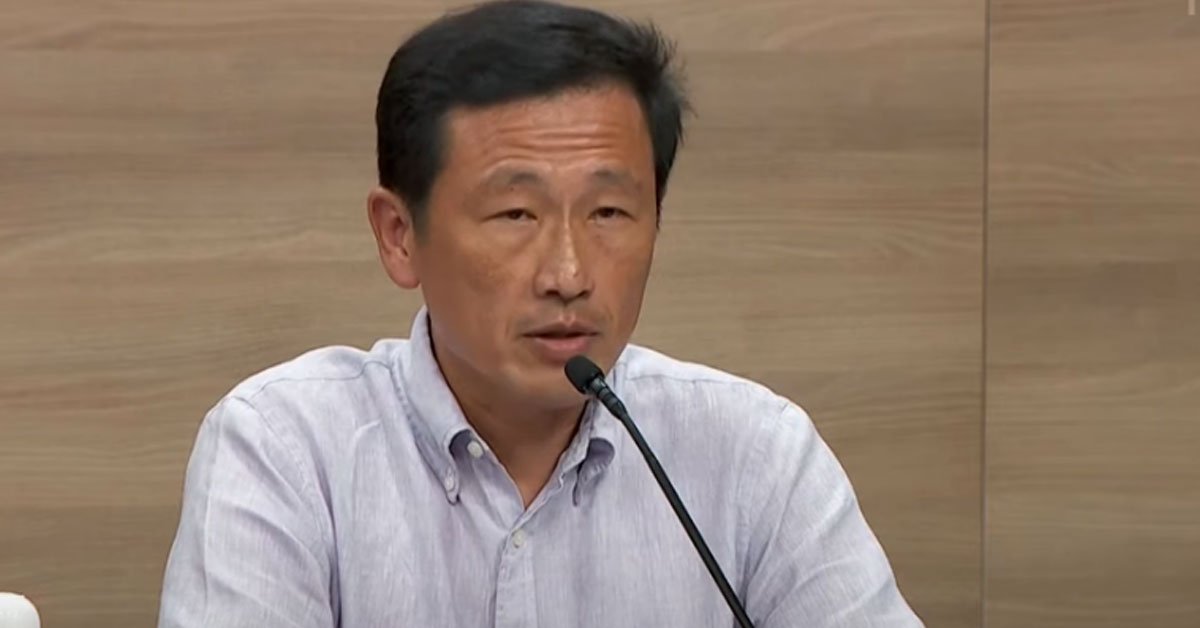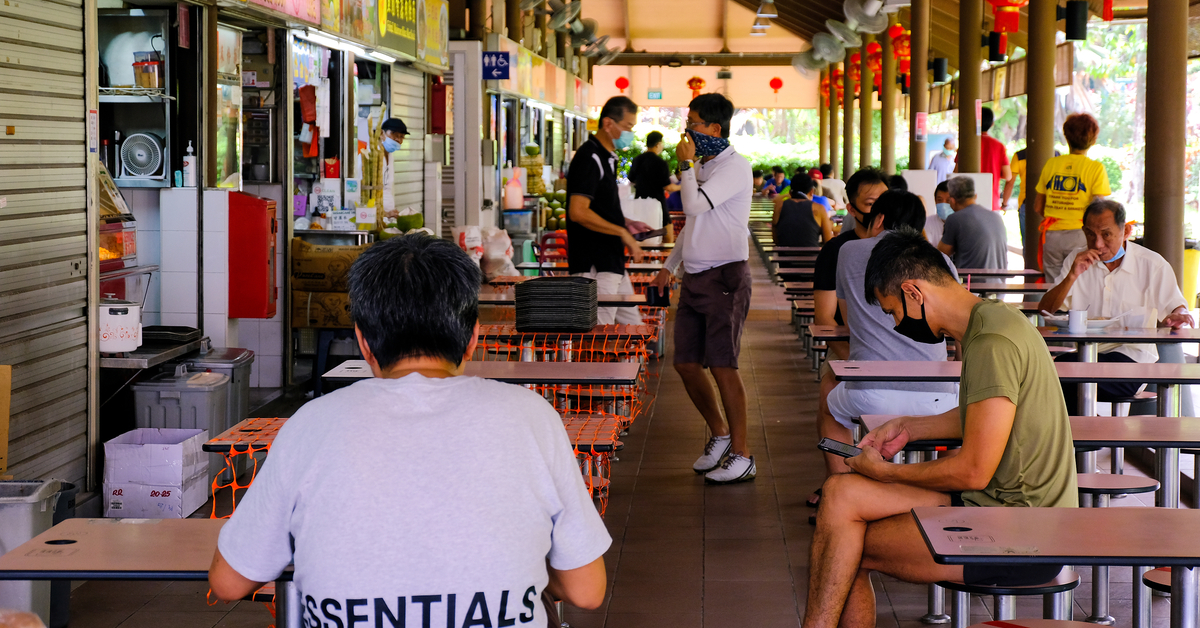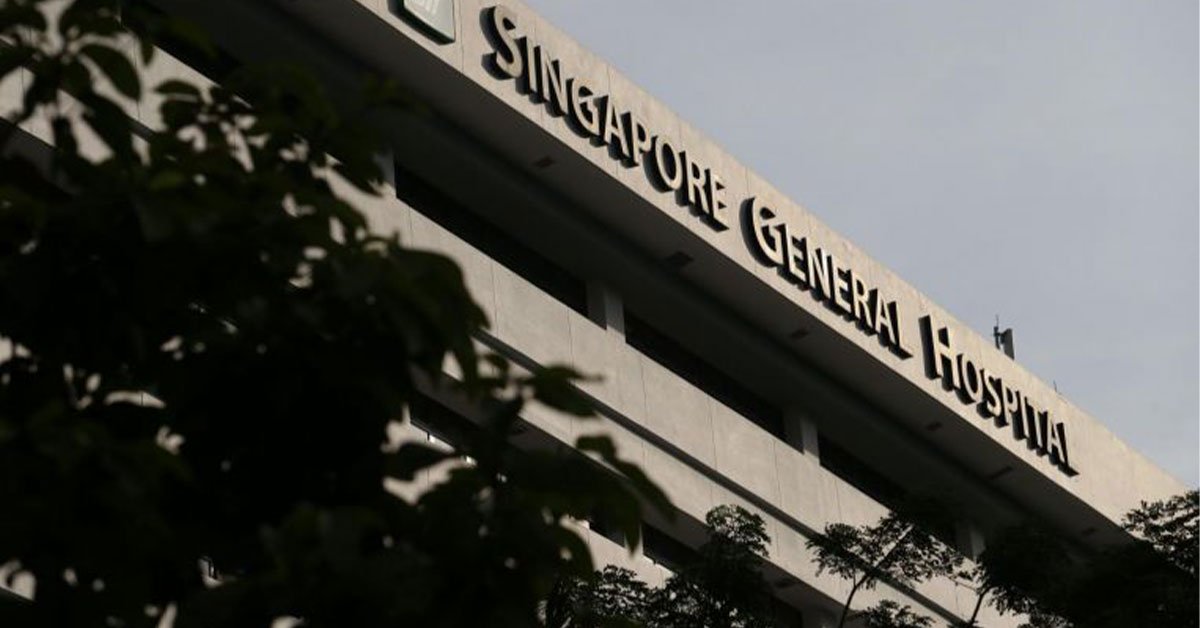A PM Lee speech and a press conference from the COVID-19 task force in one day?
My heart can only take so much.
If you missed PM Lee’s speech, well, you didn’t really miss much, except that he said it’ll take Singapore three to six months to reach the new normal.
The COVID-19 task force’s press conference, however, was another story altogether.
Put on your face masks and buckle up, because this is going to be one hell of a ride.
Here are 10 updates from the COVID-19 task force’s press conference this afternoon:
Singapore Launching Vaccinated Travel Lanes (VTLs) With 8 More Countries From 19 Oct
Yes, we finally have some good news for that dusty passport of yours.
During the press conference, Transport Minister S Iswaran announced that Singapore is extending its VTL scheme to 8 more countries.
From 19 Oct, vaccinated travellers will be able to fly to Canada, Denmark, France, Italy, the Netherlands, Spain, Britain, and the United States.
The number of required PCR tests for travellers entering Singapore will also be reduced from four to two.
This means that a pre-departure test and on-arrival will suffice.
Good news for your nostrils.
Of course, you must have remained in the approved country for 14 consecutive days prior to departure to Singapore, and must travel on a designated flight.
And yes, this is on top of the VTL with South Korea announced yesterday, which will start from 15 Nov instead.
No Dining Out or Entering Malls for Unvaccinated Individuals
From Wednesday (13 Oct), unvaccinated individuals will not be allowed to enter shopping malls, dine-in at hawker centres and coffee shops, or visit attractions.
They can still buy take-away food, though.
As co-chair of the tasks force Gan Kim Yong explained, these measures will “further protect those who are not fully vaccinated”.
“There have been a few settings frequently visited by a significant proportion of infected individuals, including those who are unvaccinated, who later on fell very ill. Such settings include (food and beverage) outlets, retail establishments and shopping centres,” he said.
Vaccinated individuals can continue to dine out in groups of up to two.
Close Contacts Will No Longer Receive Quarantine Orders
Here’s a change that surprised even some psychics: close contacts will no longer receive quarantine orders.
Instead, the authorities will send them health risk warnings.
They will need to conduct an ART on the first day and upload the results on a portal.
They must also test negative on an ART on subsequent days if they plan to go out, but do not need to test beyond the seventh day.
PCR Tests Will Be Reserved For Those Who Are Unwell
PCR tests will now be reserved mainly for people who are unwell and have COVID-19 symptoms.
“By symptomatic, we are referring to people who may be potentially having high fever or exhibiting breathlessness,” the Ministry of Health (MOH) said.
PCR tests will also be used for pre-departure and on-arrival testing.
This means that ARTs will be the main mode of testing for community testing and management of contacts of COVID-19 cases.
Since they deliver quicker results, people can self-isolate early.
Home Recovery Scheme to Become Default From Tomorrow (10 Oct)
From tomorrow (10 Oct), the home recovery scheme will become the default recovery model for COVID-19 patients, with the exception of a few groups.
The ineligible groups are:
- partially or unvaccinated people who are aged 50 years and above
- vaccinated seniors aged 80 years and above
- children below the age of one
- children between the age of one and four who have been assessed to be clinically unsuitable for home recovery
This means that those aged five to 69 can recover at home if they test positive, provided there are no household members that are:
- more than 80 years old
- in one of the vulnerable groups, such as pregnant women or those with a weakened immune response or multiple co-morbidities
Positive cases should be able to self-isolate in a room, preferably with an attached bathroom.
From 16 Oct, the home recovery scheme will also be extended to those aged between 70 and 79 years who are vaccinated.
As a precaution, this group will be assigned a healthcare provider and should monitor their health closely, including their oxygen level, during their isolation period.
Team Dealing with Home Recovery Have Been “Beefed Up”
As PM Lee said in his speech before the conference, the government’s service delivery for the home recovery programme fell short, but added that they worked hard to fix it.
Speaking about the matter, Health Minister Ong Ye Kung said that the team in charge of the home recovery scheme has been “beefed up”.
“Other than the minority whose contact numbers are inaccurate – we are able to call all infected persons and onboard them within the day,” he said.
“As for incoming calls, we can now attend to the great majority of callers. The telemedicine team has also been bolstered, so that they can attend to those who need medical attention.”
Community Care Facilities & Government Quarantine Facilities to Be Converted into Community Isolation Facilities (CIFs)
Mr Ong also announced that community care facilities and some government quarantine facilities will be gradually converted into CIFs.
This is in line with our shift to home recovery for COVID-19 patients and will be part of the recovery programme’s operations.
“The CIFs will allow those who are either not able to isolate themselves at home, or who may have vulnerable persons at home, to undergo recovery safely isolated in a separate premise from home,” he said
He added that even some SHN facilities could be converted to CIFs as well.
Timed Discharged For COVID-19 Patients; No Need For Further Tests
Here’s another shocker: COVID-19 patients under the home recovery scheme will now be discharged based on the number of days since the diagnosis, not a negative test result.
The health ministry explained that viral loads in infected persons will dwindle and reach non-infectious levels with time.
From tomorrow, the isolation period at home will be 10 days for children under 12 and those who are vaccinated.
Conversely, it will be 14 days for those who are not vaccinated and above the age of 12.
At the end of their isolation period, these cases will be provided with an electronic discharge memo.
Booster Shots to Be Expanded to Individuals 30 and Above & Frontline Workers
The authorities are also expanding the COVID-19 booster shot programme to individuals 30 and above, as well as healthcare workers and frontline COVID-19 workers.
Healthcare workers and frontliners will be offered booster mRNA vaccinations from today (9 Oct), while those over 30 will be progressively invited.
They must have been fully vaccinated against COVID-19 about six months ago, of course.
As of 7 Oct, nearly 372,000 people have received their booster shots.
What You Should Do If You Have COVID-19 Symptoms
With so much information to process, you might be overwhelmed.
You must also have questions about the most basic of things: what to do if you have COVID-19 symptoms.
It’s simple: if you are experiencing COVID-19 symptoms, you should see a doctor for an ART. And if that comes back positive, you should stay at home and await instructions from your home recovery buddy.
As detailed above, your isolation period depends on your age and vaccination status.
Now, if you test positive on an ART but have no symptoms, you are only required to isolate for 72 hours. If you test negative after this period, you can resume your daily activities and even return to work.
If you test positive, however, you should test yourself every day until you get a negative result.
There’s no need to see a doctor unless you develop symptoms, including a fever and breathlessness.
Also, if you’re positive but asymptomatic, you can continue to work from home. If this is not possible, your employer should treat your absence as paid outpatient sick leave or hospitalisation leave, the authorities said.
Your employer should not ask you to take no-pay leave.
Read Also:
- 10 Things to Know from PM Lee’s Speech Whereby No Major Announcement Was Made
- Leaked Chats Allegedly Show NOC’s Sylvia Using Abusive Language Towards Staff
Featured Image: YouTube (CNA)



